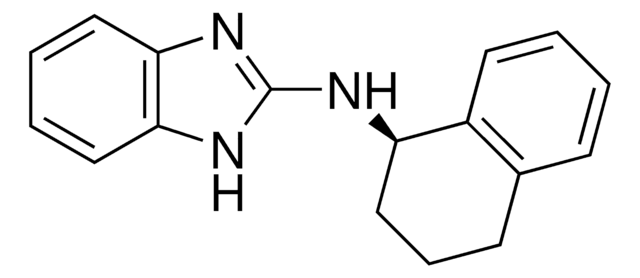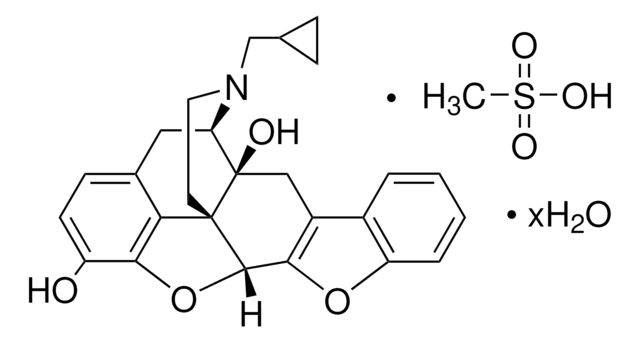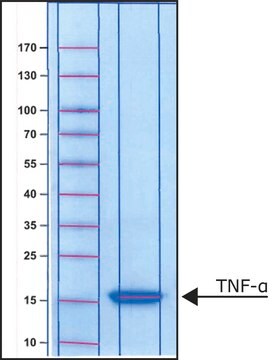EHU015291
MISSION® esiRNA
targeting human TRPM7
About This Item
Prodotti consigliati
Descrizione
Powered by Eupheria Biotech
Livello qualitativo
Nome Commerciale
MISSION®
Stato
lyophilized powder
Sequenza bersaglio del cDNA di esiRNA
GCCATCTACCGAAGACACTCATGAAGTAGATTCCAAAGCAGCTTTAATACCGGATTGGTTACAAGATAGACCATCAAACAGAGAAATGCCATCTGAAGAAGGAACATTAAATGGTCTCACTTCTCCATTTAAGCCAGCTATGGATACAAATTACTATTATTCAGCTGTGGAAAGAAATAACTTGATGAGGTTATCACAGAGCATTCCATTTACACCTGTGCCTCCAAGAGGGGAGCCTGTCACAGTGTATCGTTTGGAAGAGAGTTCACCCAACATACTAAATAACAGCATGTCTTCTTGGTCACAACTAGGCCTCTGTGCCAAAATAGAGTTTTTAAGCAAAGAGGAGATGGGAGGAGGTTTACGAAGAGCTGTCAAAGTACAGTGTACCTGGTCAGAACATGATATCCTCAAATCAGGGCATCTT
N° accesso Ensembl | uomo
N° accesso NCBI
Condizioni di spedizione
ambient
Temperatura di conservazione
−20°C
Informazioni sul gene
human ... TRPM7(54822) , TRPM7(54822)
Descrizione generale
For additional details as well as to view all available esiRNA options, please visit SigmaAldrich.com/esiRNA.
Note legali
Codice della classe di stoccaggio
10 - Combustible liquids
Punto d’infiammabilità (°F)
Not applicable
Punto d’infiammabilità (°C)
Not applicable
Scegli una delle versioni più recenti:
Possiedi già questo prodotto?
I documenti relativi ai prodotti acquistati recentemente sono disponibili nell’Archivio dei documenti.
Global Trade Item Number
| SKU | GTIN |
|---|---|
| EHU015291-20UG | 4061828676811 |
| EHU015291-50UG | 4061828451517 |
Il team dei nostri ricercatori vanta grande esperienza in tutte le aree della ricerca quali Life Science, scienza dei materiali, sintesi chimica, cromatografia, discipline analitiche, ecc..
Contatta l'Assistenza Tecnica.








